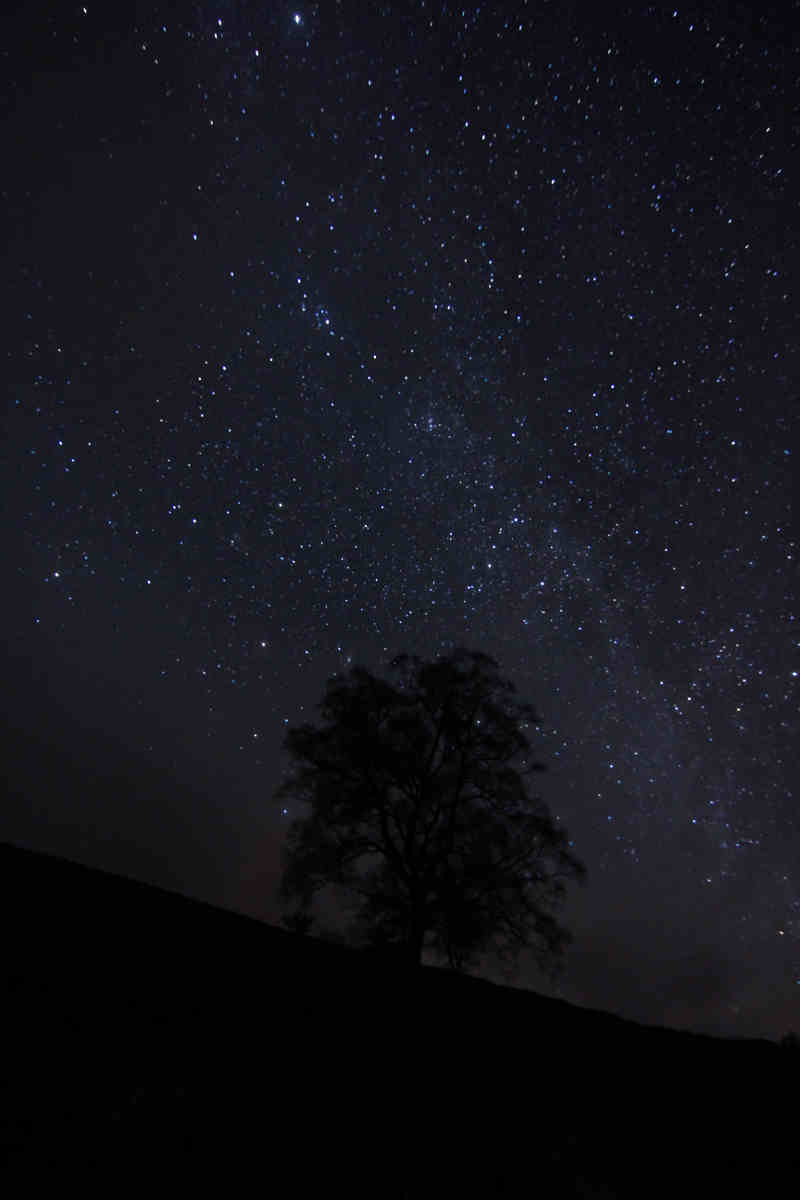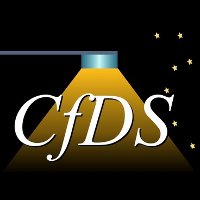Lighting and the Night-time Environment

We all understand that wasting energy through misdirected and over-bright lighting affects not just our wallets, but leads to increased emissions into the atmosphere from the burning of fossil fuels. Glare, light intrusion and skyglow degrade the environment and create a negative experience of the night. Now, there is a growing realisation, reflected in many recent research papers and studies, that the proliferation of night-time lighting, and especially that with a blue-rich spectrum mimicking daylight, is harmful to living things that have evolved for millions of years within a day-night cycle. Life is hard-wired to operate in that context and cannot suddenly adapt to its alteration.
In National Geographic, November 2008, Verlyn Klinkenborg described how the human race had "invaded the night". Is it really ours to occupy? Vast numbers of the world's species are nocturnal. The invasion of their world by artificial lighting has consequences that we are only just beginning to investigate and quantify. Animals disturbed, and killed, as a result of stray light have no curtains to pull. There are many reports of its deleterious effects on large numbers of different species: insects, birds, fish, reptiles and mammals (including us). For example, the American Bird Conservancy (Audubon Magazine, April 2000) reported that about four million birds die every year in the USA alone (and the figure may be much higher) in encounters with illuminated structures*. Many song-bird species have evolved to migrate during the hours of darkness, when predators retire and winds subside. Most of the dead and wounded birds that fall to city streets at night are ‘cleared up’ by urban scavengers such as rats, foxes, cats, raccoons, crows, and seagulls. In Toronto, in one year, volunteers from the Fatal Light Awareness Program (FLAP) gathered more than 3,000 dead and wounded birds of 138 different species. Toronto was the first city in the world to legislate to protect birds by controlling light from buildings.
It is time to implement the precautionary principle. We see that harm is being done, so we should act now to control artificial light spill into the environment, while pursuing further rigorous studies into its effects.
Nobody has said it better than Catherine Rich and Travis Longcore, authors of the definitive book Ecological Consequences of Artificial Night Lighting** : Nature needs the night
.
*More information on the effects of artificial lights on birds is on:
www.abcbirds.org
www.flap.org
www.lightpollution.org.uk
**Ecological Consequences of Artificial Night Lighting ISBN 1-55963-128-7
For general information about artificial light and the environment see:
Royal Commission on Environmental Pollution: Artificial Light in the Environment
A Review of the Impact of Artificial Light on Invertebrates

